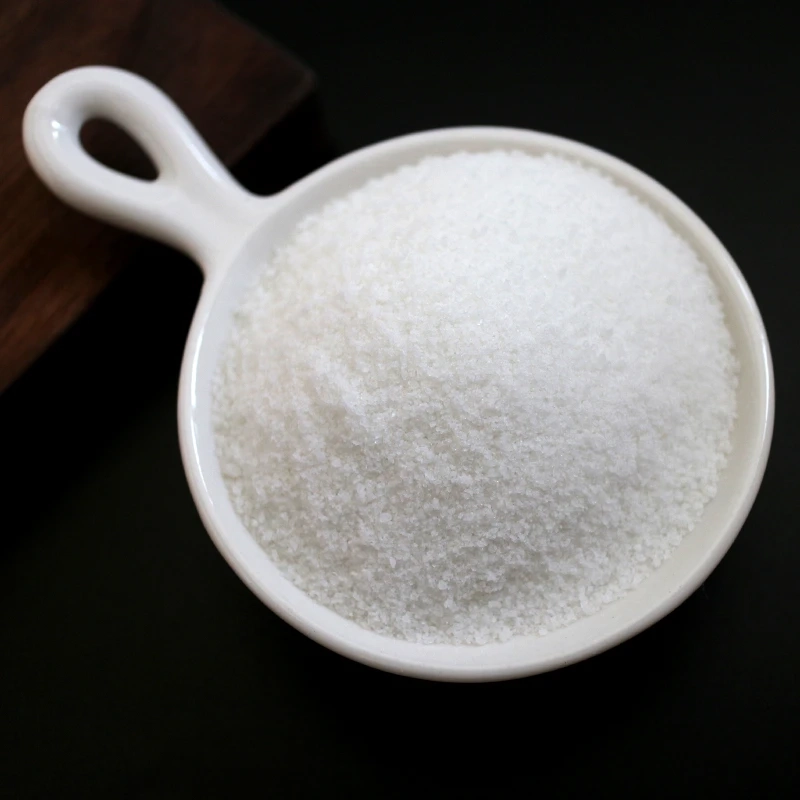In the process of sewage treatment, polyaluminum chloride is sometimes used, and polyacrylamide is sometimes used. Both are already used for sewage treatment. Why are there two different varieties? The two of course have different uses, so what is the difference between polyacrylamide and polyaluminum chloride in use?
Polyaluminum chloride is an inorganic flocculant, and it has a good effect in treating sewage. It has a wide range of applications and is widely adapted to various water types. anionic polyacrylamide manufacturers It can quickly form large alum flowers and has good precipitation performance. The suitable PH value range is wide, and the PH value and alkalinity of the water after treatment drop little. When the water temperature is low, stable precipitation can still be maintained. The degree of alkalinity is higher than other aluminum salts and iron salts, and has less corrosive effect on equipment.
Polyacrylamide is an organic flocculant, also called PAM. Polyacrylamide is mainly used in sewage treatment, raw water treatment and industrial water treatment.
In sewage treatment, polyacrylamide can be used for sludge dewatering; in raw water treatment, polyacrylamide can be used in conjunction with activated carbon to agglomerate and clarify suspended particles in living water; in industrial water treatment, it is primarily used as a formulation agent .
In sewage treatment, the use of PAM can increase the utilization rate of the water recycling cycle.buy polyacrylamide In the treatment of raw water, the organic flocculant PAM is used to replace the inorganic flocculant, which can increase the water purification capacity by 20% without modifying the sedimentation tank. Many large and medium-sized cities now have severe water supply or poor water quality, and PAM is used to make up for it.


